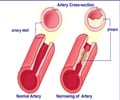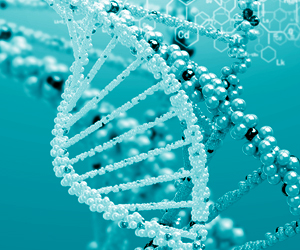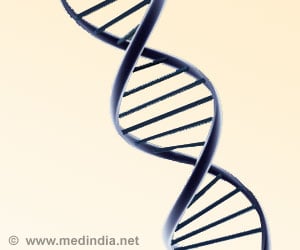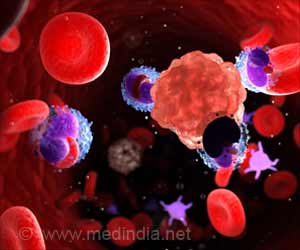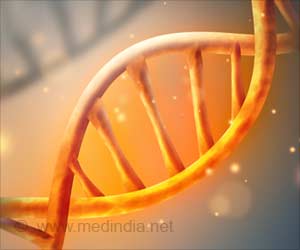A new Brazilian-based study has claimed that belly fat, which is generally frowned upon, is actually rich in stem cells.
This first of its kind study sought to examine whether fat tissues from different areas of the body vary in stem cell concentration.The researchers found that fat removed from the lower abdomen and inner thigh through liposuction was found to be an excellent source of stem cells, with higher stem cell concentrations than other areas of the body.
"Adult stem cells, derived from our own tissues, hold strong promise for improved clinical therapies," said J. Peter Rubin, MD, a member of the ASPS Fat Grafting Task Force who is involved in pre-clinical trial work on stem cells taken from fat.
He added: "The potential for healing and repairing injury or disease through stem cells, including conditions like breast cancer and reconstruction, heart failure, spinal injuries, diabetes and Parkinson''s disease are incredible. We may be able to more permanently and naturally get rid of pesky wrinkles or augment breasts with stem cell enriched fat in the future as well. Knowing more about the biology of stem cells will be of great value when we are ready for clinical trials in this country."
The study was conducted on 23 female patients having liposuction in at least four different body areas, who agreed to have their fat isolated for adult stem cells and analyzed to determine stem cell concentrations. The body areas that were liposuctioned were: lower abdomen, upper abdomen, inner knee, inner thigh, flank and hips.
The results indicated a significant difference in stem cell concentrations in different areas of the body. A major finding was that the concentration of stem cells was greatest in the lower abdomen and inner thighs. In fact, stem cell concentration in the lower abdomen was five times greater than in the upper abdomen.
Advertisement
Stem cells are unspecialized cells that have not yet developed a specific function. Not only are they capable of self renewal, stem cells can divide and produce others that become specialized cells. Scientists and doctors theorize that stem cells will be able to repair or replace damaged or diseased cells.
Advertisement
Source-ANI
RAS/L






